Flowers Name With Pictures
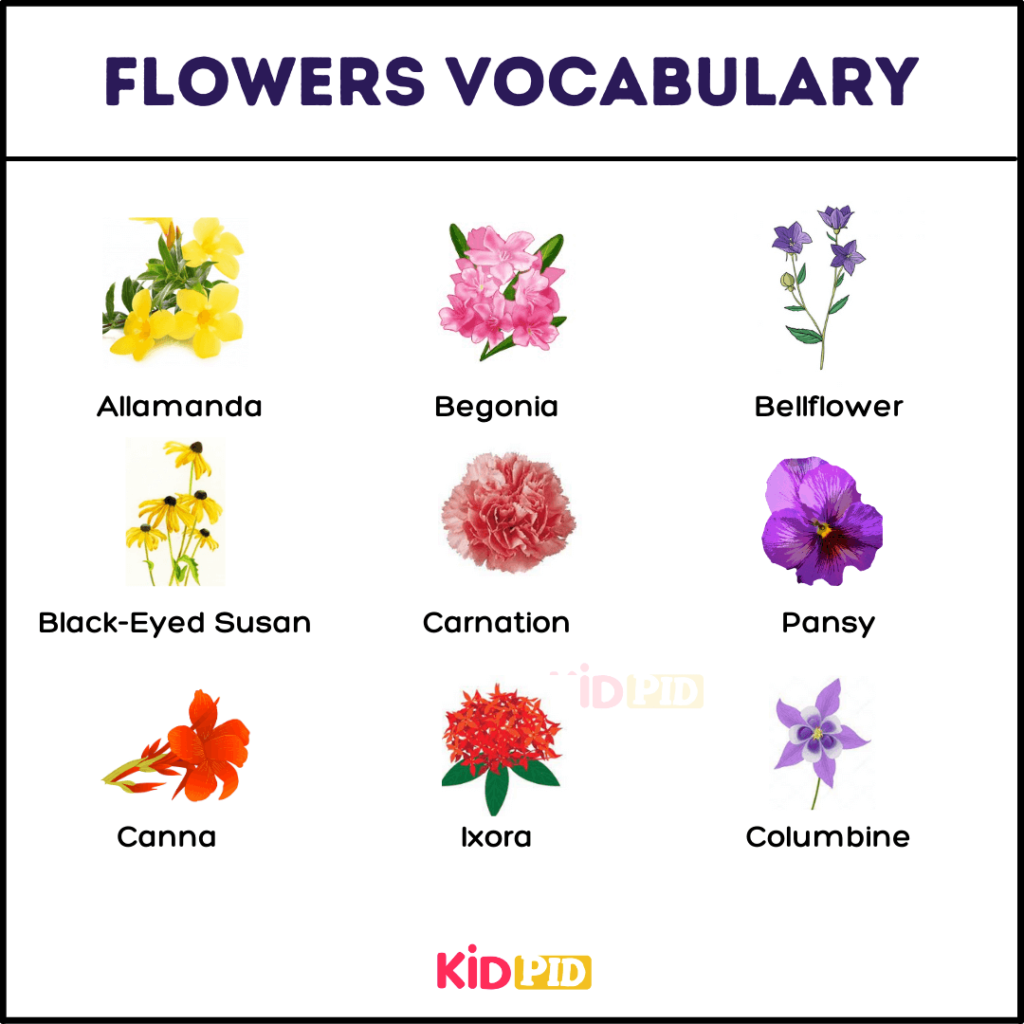
We all love beautiful flowers! But do you even know the names of all of them? I believe you may know some of them, but not all! Cannot blame you for that, even adults find it difficult to learn and remember the names of each and every flower! There are so many of them and some of them are even similar looking! But, why worry when we are here? This article has fun and designer flashcards that contain images and names of almost all flowers! Through these, you can easily differentiate each flower and can learn their names! They are free printables as well so you can print them out and have a fun learning time anytime and anywhere!
[Scroll Down for Download Link]
Learn Flowers Name With Pictures
Read More: Easy Apple Craft Ideas For Kids
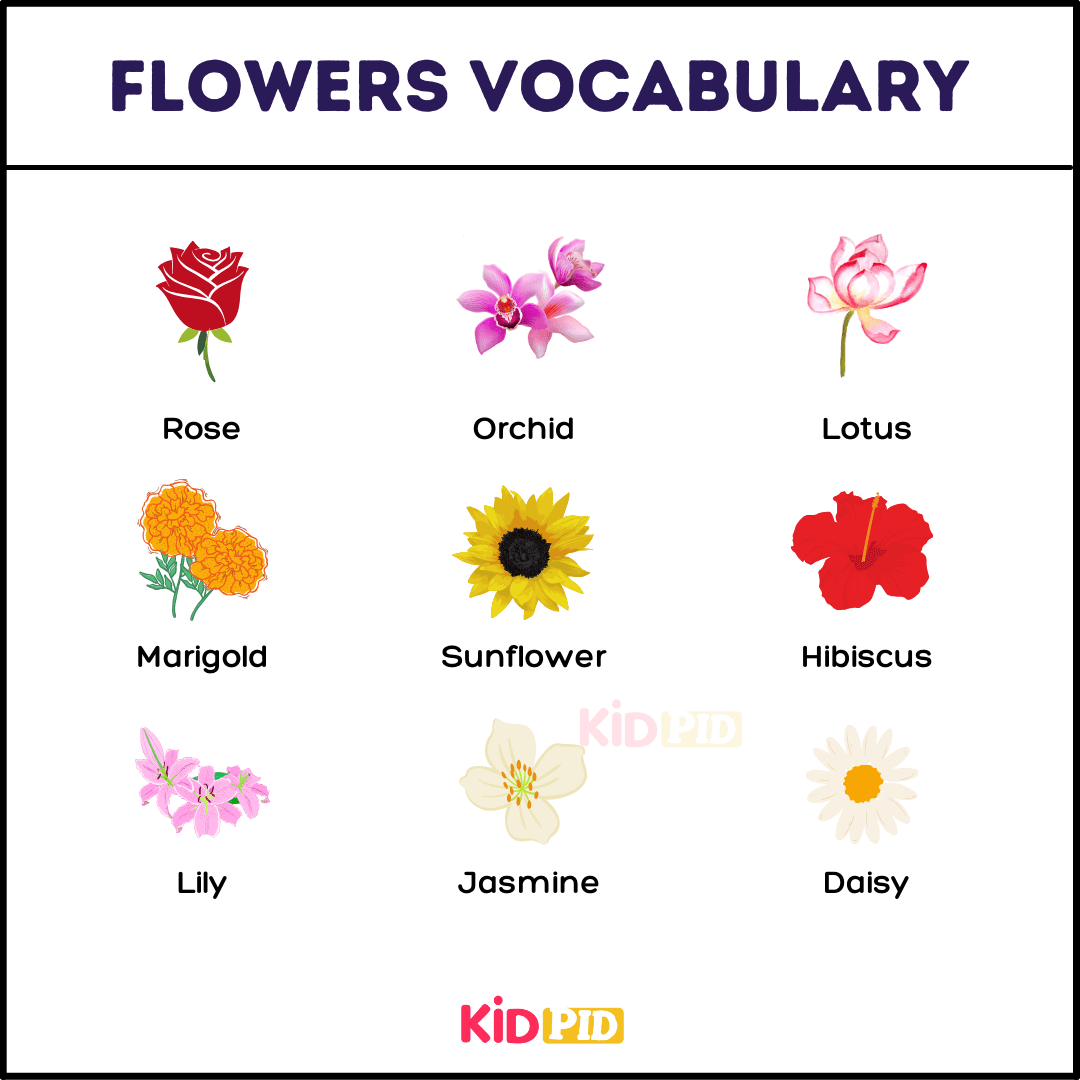
- Rose
- Orchid
- Marigold
- Sunflower
- Lily
- Jasmine
- Lotus
- Hibiscus
- Daisy
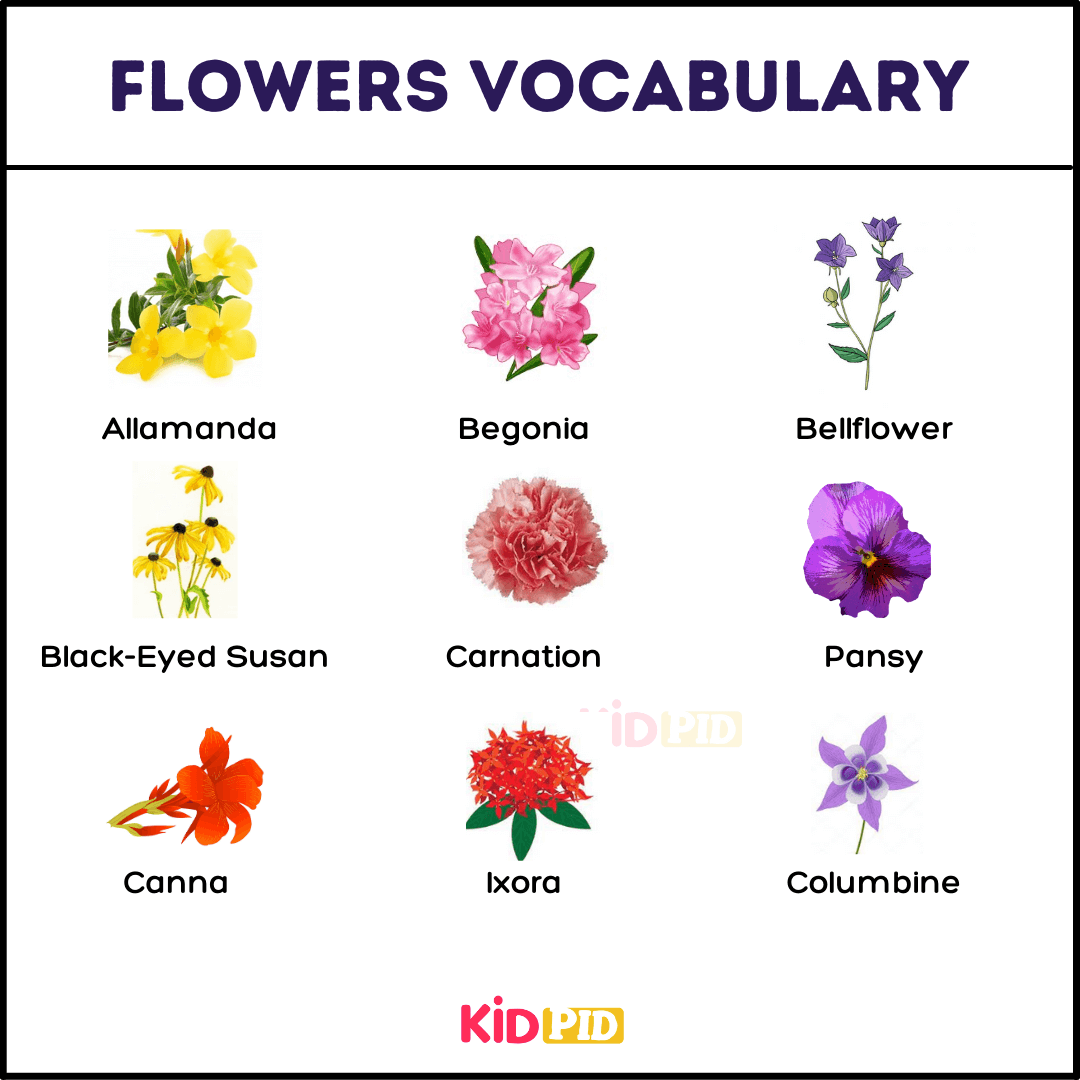
- Allamanda
- Begonia
- Black-Eyed Susan
- Carnation
- Canna
- Ixora
- Bellflower
- Pansy
- Columbine
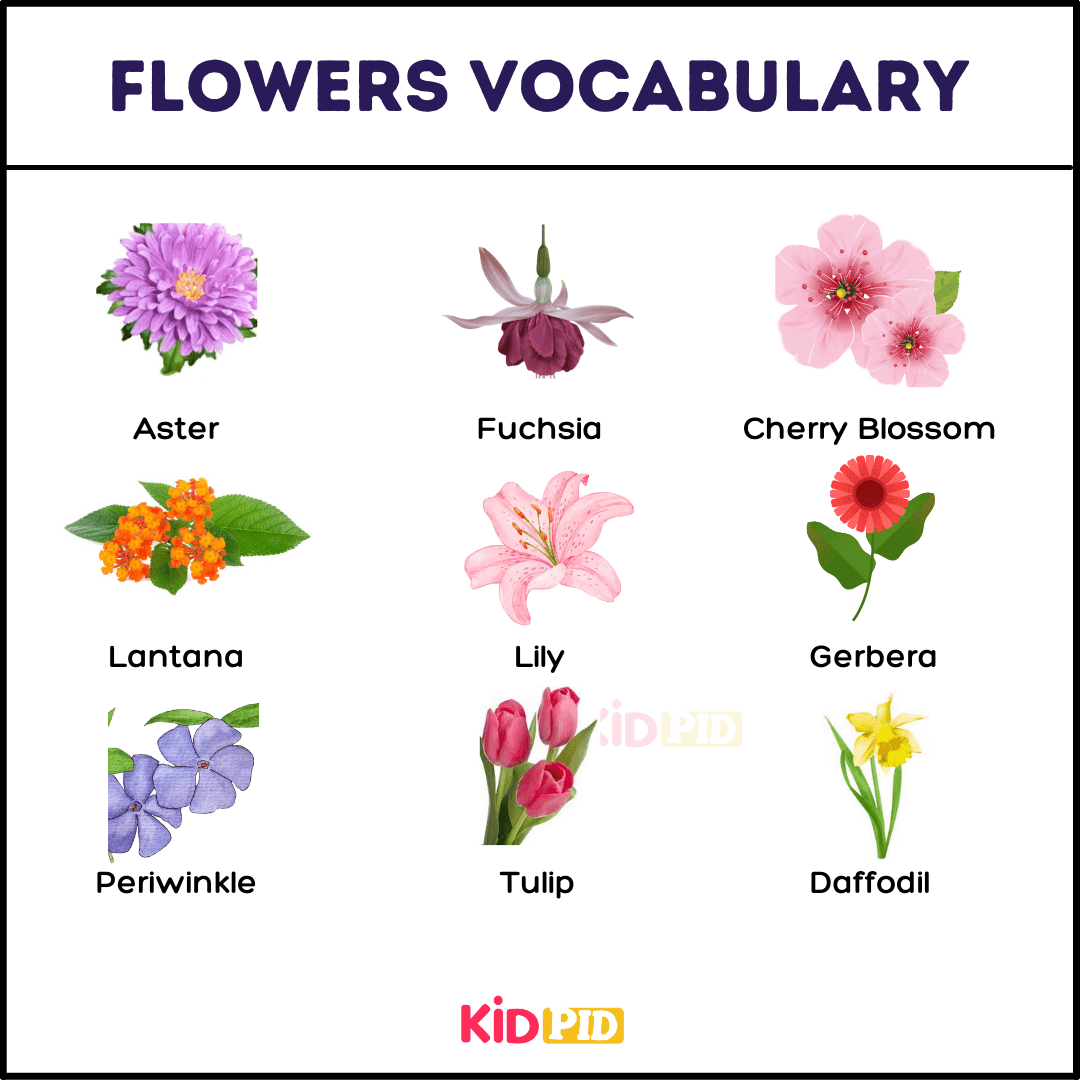
- Aster
- Fuchsia
- Lantana
- Lily
- Periwinkle
- Tulip
- Cherry Blossom
- Gerbera
- Daffodil
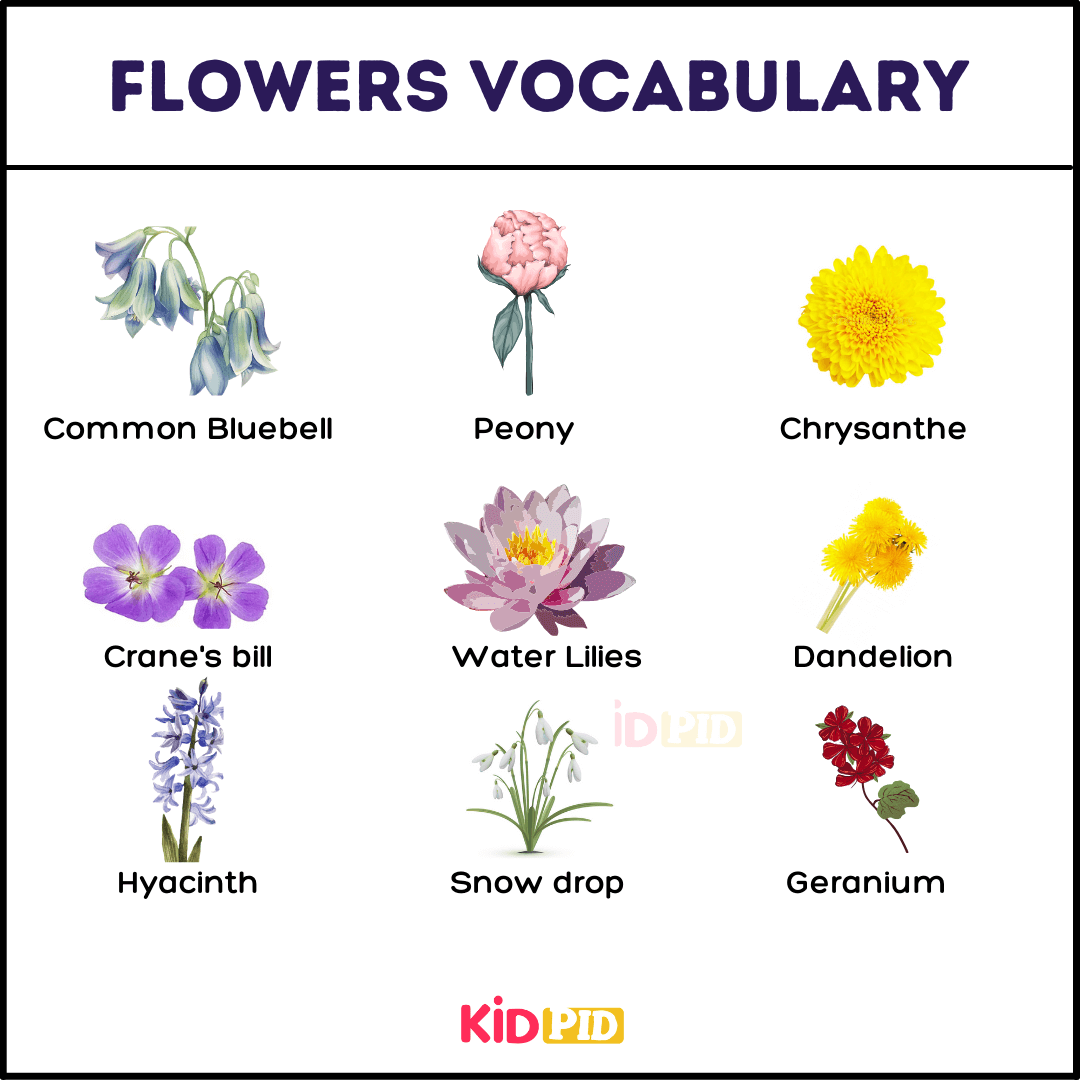
- Common Bluebell
- Peony
- Crane’s bill
- Hyacinth
- Snowdrop
- Chrysanthe
- Dandelion
- Geranium
- Water Lilies
Read More:


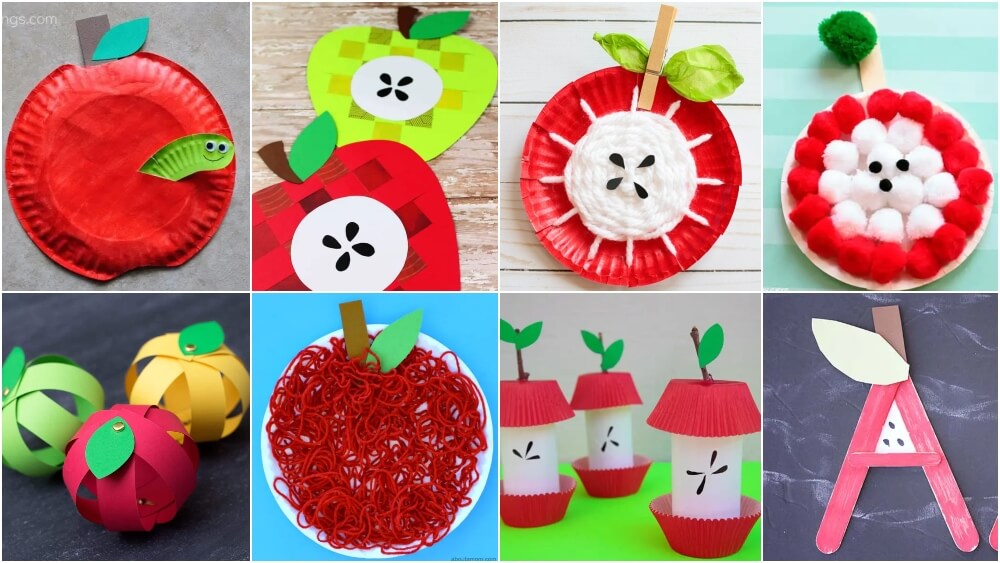
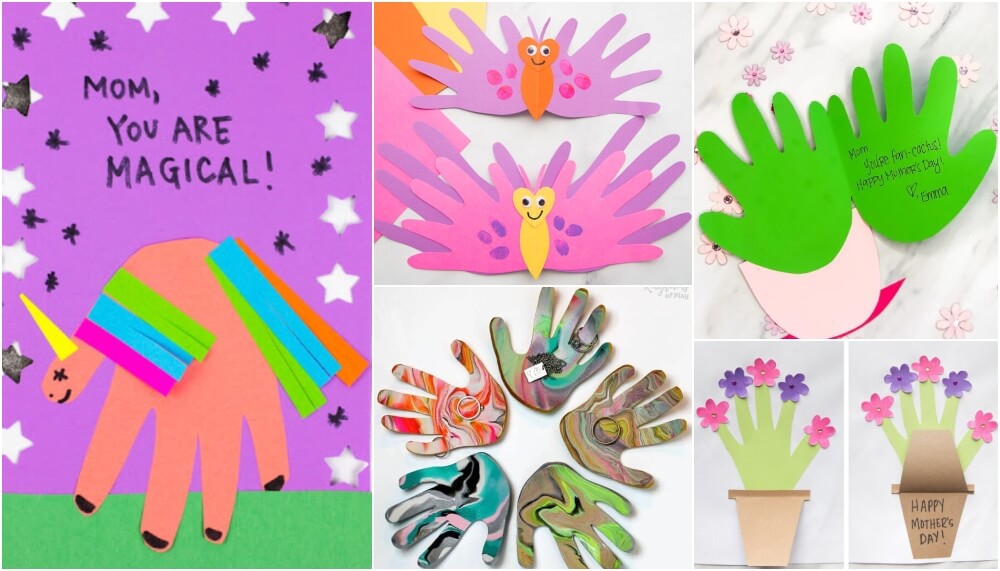
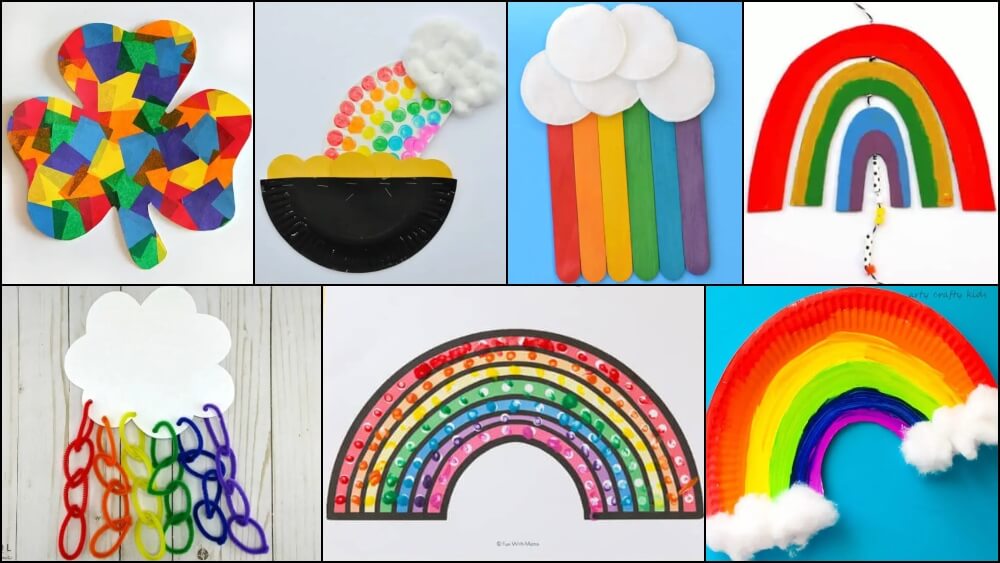
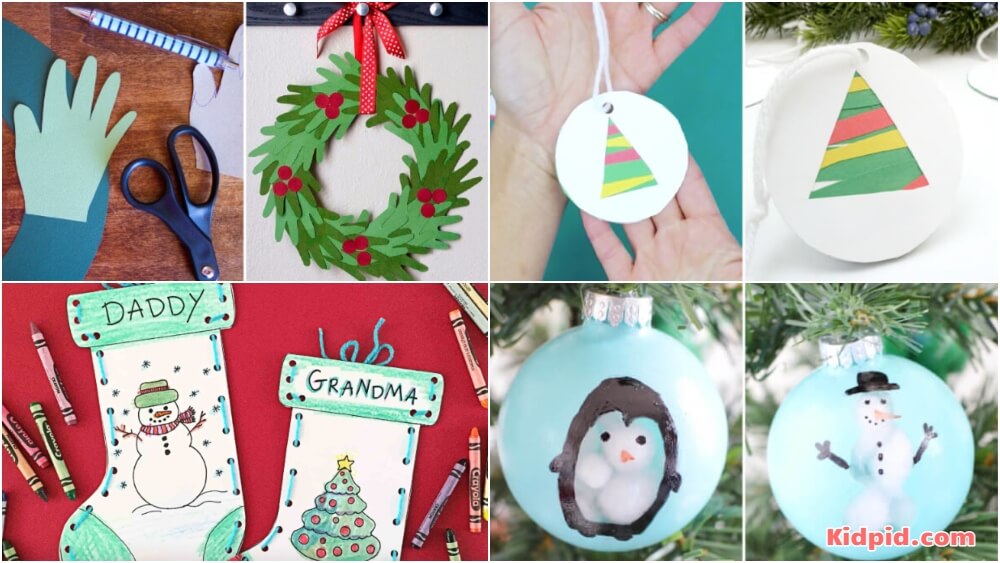
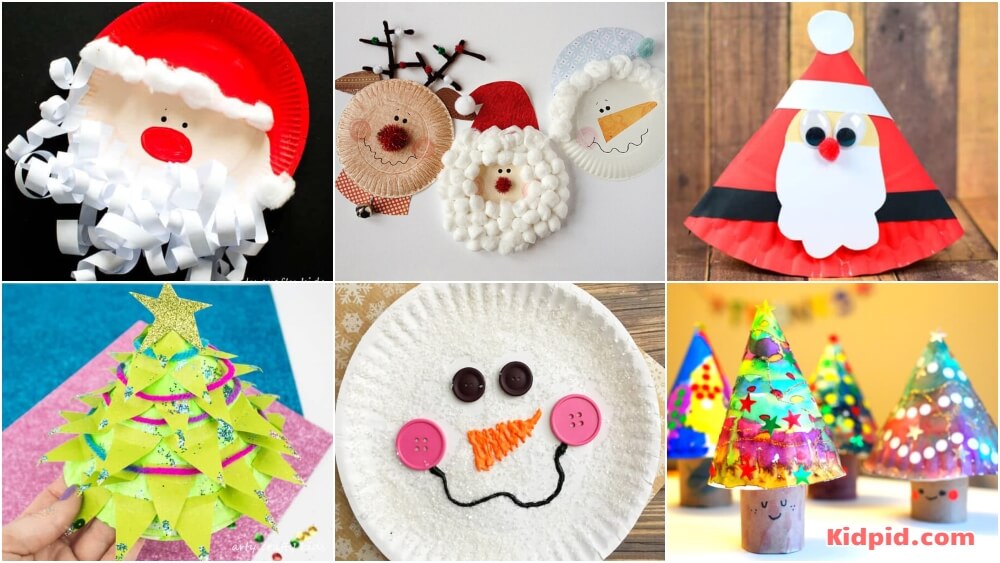
Responses